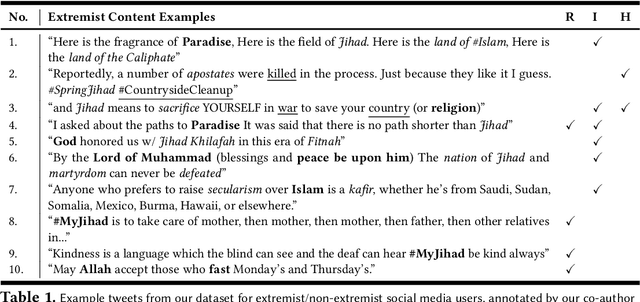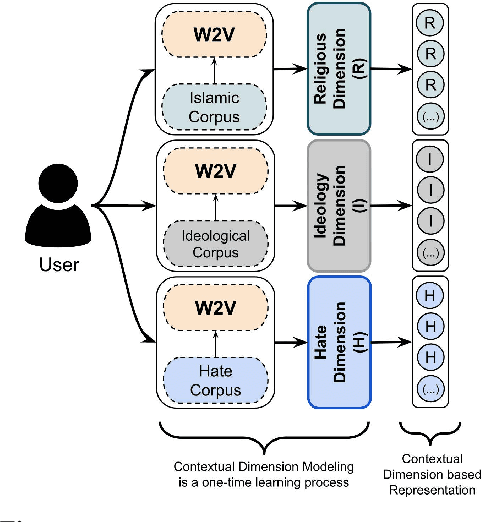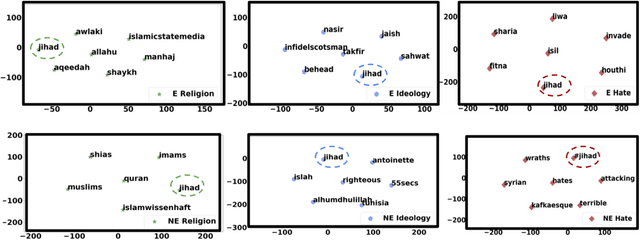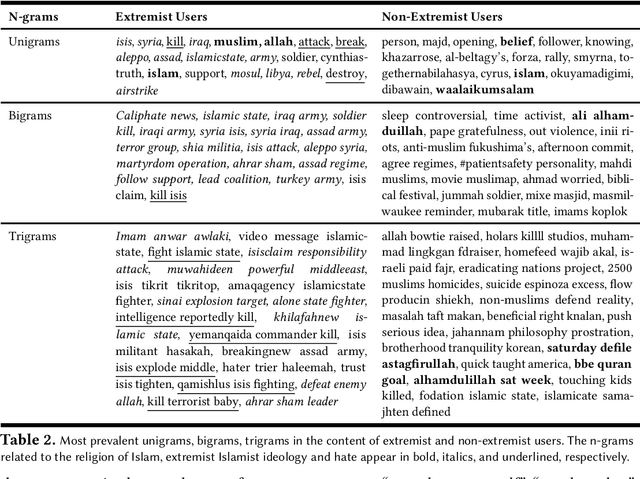I. Budak Arpinar
A Survey of Deep Learning and Foundation Models for Time Series Forecasting
Jan 25, 2024Abstract:Deep Learning has been successfully applied to many application domains, yet its advantages have been slow to emerge for time series forecasting. For example, in the well-known Makridakis (M) Competitions, hybrids of traditional statistical or machine learning techniques have only recently become the top performers. With the recent architectural advances in deep learning being applied to time series forecasting (e.g., encoder-decoders with attention, transformers, and graph neural networks), deep learning has begun to show significant advantages. Still, in the area of pandemic prediction, there remain challenges for deep learning models: the time series is not long enough for effective training, unawareness of accumulated scientific knowledge, and interpretability of the model. To this end, the development of foundation models (large deep learning models with extensive pre-training) allows models to understand patterns and acquire knowledge that can be applied to new related problems before extensive training data becomes available. Furthermore, there is a vast amount of knowledge available that deep learning models can tap into, including Knowledge Graphs and Large Language Models fine-tuned with scientific domain knowledge. There is ongoing research examining how to utilize or inject such knowledge into deep learning models. In this survey, several state-of-the-art modeling techniques are reviewed, and suggestions for further work are provided.
Modeling Islamist Extremist Communications on Social Media using Contextual Dimensions: Religion, Ideology, and Hate
Aug 20, 2019



Abstract:Terror attacks have been linked in part to online extremist content. Although tens of thousands of Islamist extremism supporters consume such content, they are a small fraction relative to peaceful Muslims. The efforts to contain the ever-evolving extremism on social media platforms have remained inadequate and mostly ineffective. Divergent extremist and mainstream contexts challenge machine interpretation, with a particular threat to the precision of classification algorithms. Our context-aware computational approach to the analysis of extremist content on Twitter breaks down this persuasion process into building blocks that acknowledge inherent ambiguity and sparsity that likely challenge both manual and automated classification. We model this process using a combination of three contextual dimensions -- religion, ideology, and hate -- each elucidating a degree of radicalization and highlighting independent features to render them computationally accessible. We utilize domain-specific knowledge resources for each of these contextual dimensions such as Qur'an for religion, the books of extremist ideologues and preachers for political ideology and a social media hate speech corpus for hate. Our study makes three contributions to reliable analysis: (i) Development of a computational approach rooted in the contextual dimensions of religion, ideology, and hate that reflects strategies employed by online Islamist extremist groups, (ii) An in-depth analysis of relevant tweet datasets with respect to these dimensions to exclude likely mislabeled users, and (iii) A framework for understanding online radicalization as a process to assist counter-programming. Given the potentially significant social impact, we evaluate the performance of our algorithms to minimize mislabeling, where our approach outperforms a competitive baseline by 10.2% in precision.
 Add to Chrome
Add to Chrome Add to Firefox
Add to Firefox Add to Edge
Add to Edge